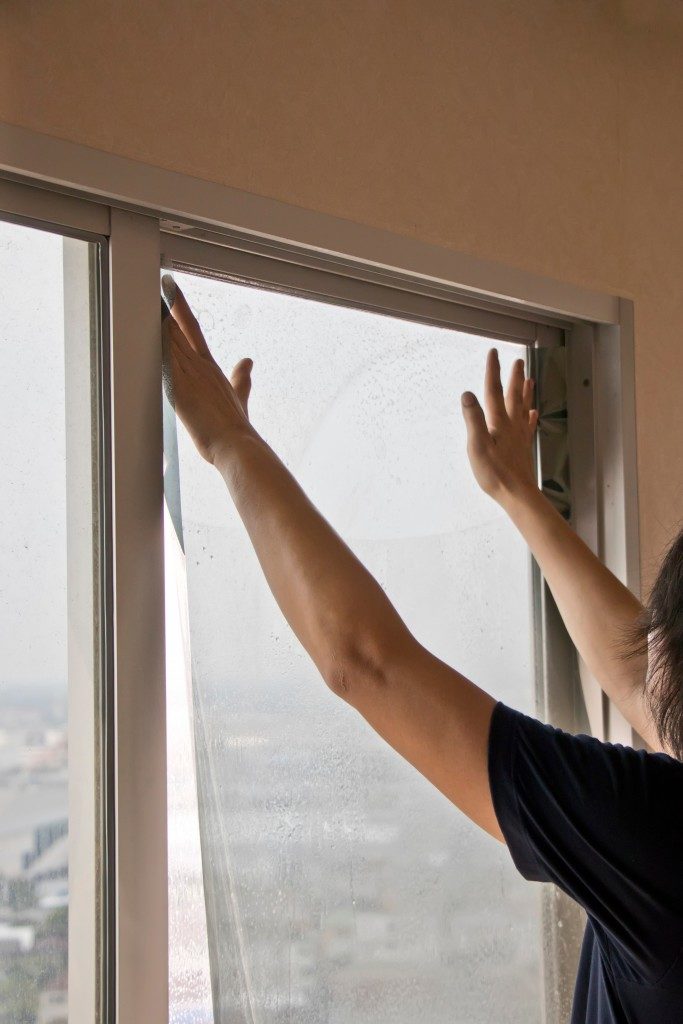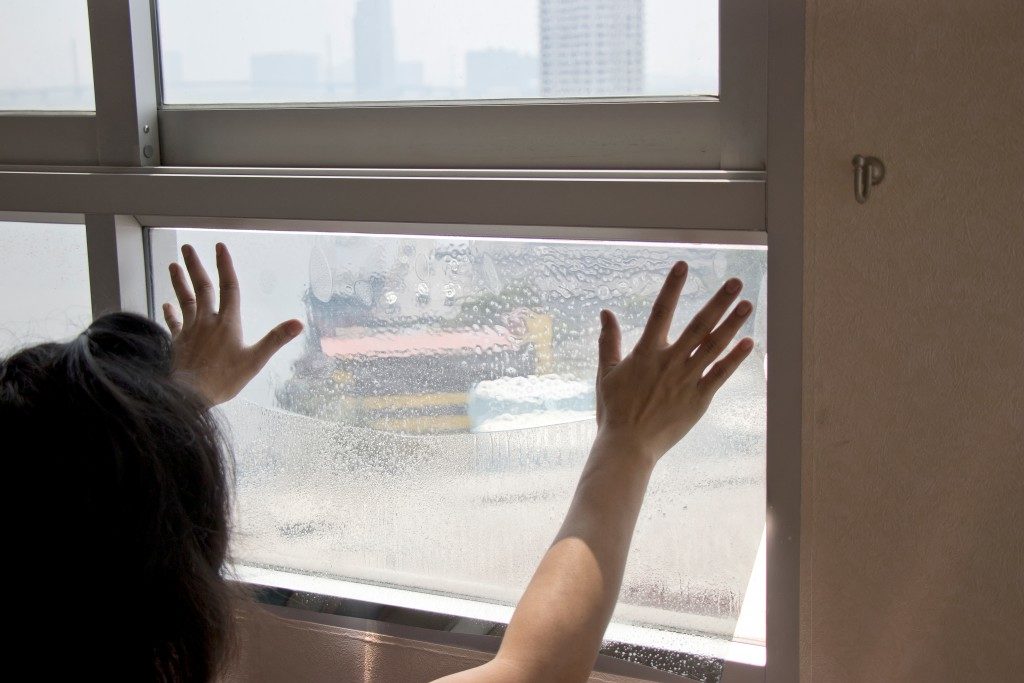You need a window tint. Arizona has this sunny, semi-desert climate that attracts many visitors and new homeowners. Taking advantage of the sun means having wide, ceiling-high windows. But people consider privacy, too, so they go for tinting. As a result, home window tinting is good business. But what else do window tints do besides ensuring privacy?
Aesthetic
Window tints make windows and your home more elegant and energy-efficient. There are three types of window film that you can choose from to improve your home’s aesthetic value. They can be decorative, solar, and security.
1. Decorative Film
This film is the thinnest among the three types of film. It is used mainly to “decorate” the home, but it offers some light blockage. Styles vary to accommodate the level of “beauty” that you desire. You can have the tint to make your window look frosted or tainted.
2. Solar Film
Thicker, solar film consists of the polyethylene terephthalate (PET) film with metal or dye to make it look darker. Since it is thicker, it is a better insulator, reducing heat gain and balancing the hot and cold spots at home. It also blocks 99 percent of UV rays.
3. Security Film
This film is the thickest and the most rigid among the three. With this film, the window becomes a safety glass of sort. It is perfect for windy and stormy areas. It is a good preventive mechanism, too, from intrusion risks.
Economical
When we talk about price, tinted windows are economical. You spend only a few dollars per window. As per ImproveNet, a home improvement site, the cost per square foot is only $3 on average. Additional professional help will be only between $5 and $8 in total. For one full window, you spend only between $27 and $54.
You can really save a lot of money with window tints. Compared to a solar screen that costs between $40 and $280 per full window, the difference is huge. Cellular shades also do not compare as costs start from $45 to $220.
Easy to Install

Installing film is easy to do for a homeowner. You only need to wipe the windows clean using a solution, cut the film using a utility knife, and adhere the film to the window pane. When adhering them to the windows, make sure that you follow manufacturer instructions. The film will cure between four to eight days after adhering.
You can also do away with DIY work. To avoid any inconveniences, you can ask for assistance from your provider or let a professional do the installation. There are some considerations when installing different types of film, especially if there are many windows to cover or when glass properties differ.
Window tinting indeed makes homes more private. But they also offer aesthetic improvements when it comes to appearance and use of energy at home. Different types of film offer different types of protection from the elements or from potential intrusion. They are also cheap and easy to install.

